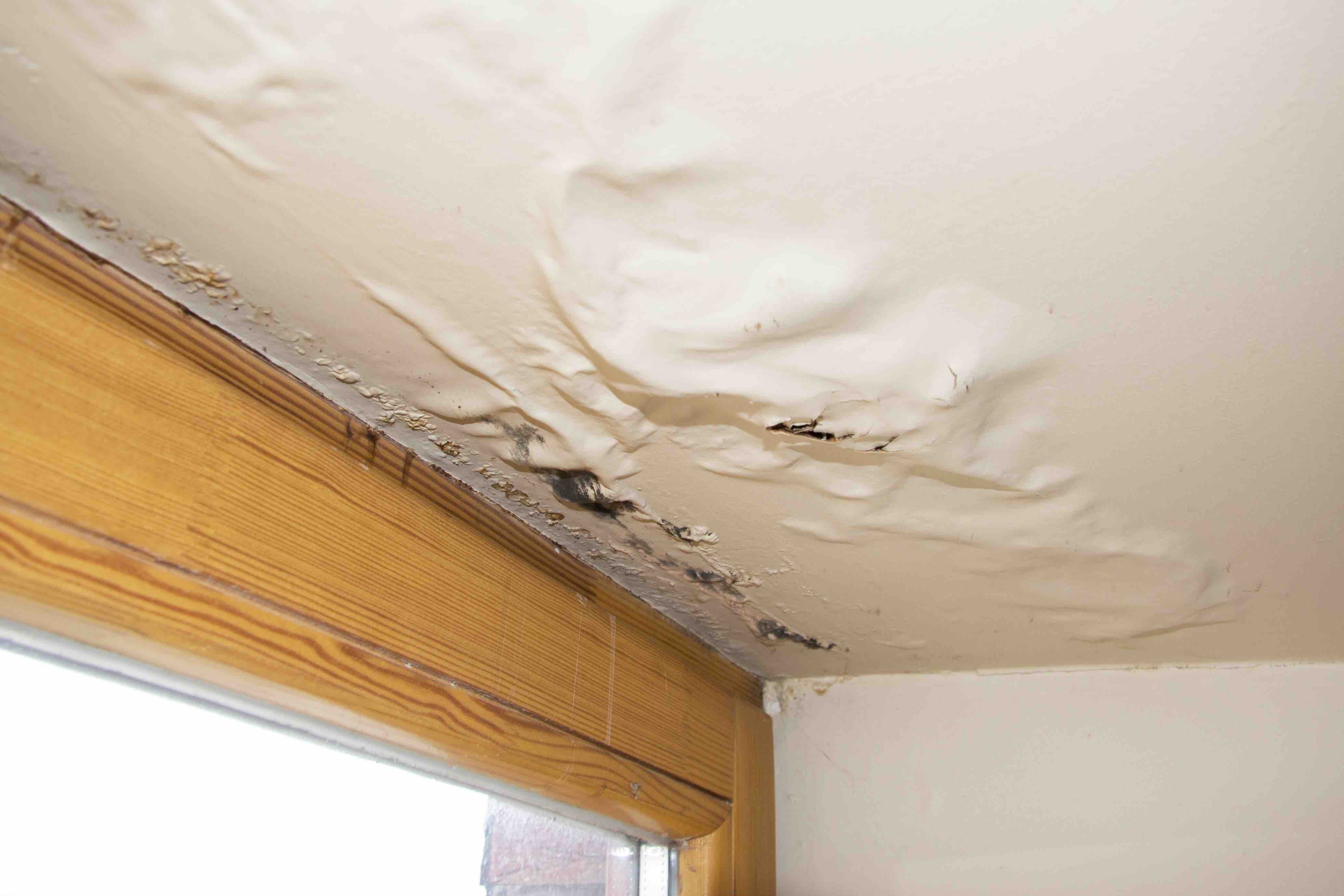Why Moisture Control and Prevention is Important

For many professionals in different industries, controlling moisture is an absolute must to prevent various moisture issues. Why is moisture control important? More importantly, how can professionals control moisture to prevent issues?
The answer to the first question can vary depending on the industry. In some applications, it may be necessary to prevent any moisture from being introduced at all. In others, it may be necessary to make sure there’s just enough moisture in a specific product/material.
With this in mind, here are a few examples of different industries where strict moisture control is important for preventing issues:
Why Moisture Control is Needed in Flooring Installations
Flooring installers frequently have to check and control the moisture content of their flooring products for a number of reasons:
- To keep wood flooring from cupping, buckling, or warping after an installation;
- To ensure the adhesive for flooring tiles can cure properly;
- To prevent mold growth; and
- To avoid callbacks for flooring issues after a job is completed.
Moisture in flooring products can cause issues that lead to callbacks—which mean extra expenses for time and labor for the flooring installer. It is for this reason that flooring pros often try to control moisture in their flooring.
Why Farmers Need Moisture Control
Agricultural specialists may need to control moisture in their crops to enhance nutritive quality, prevent spoilage, and to avoid giving away free dry weight. The goals for moisture control in agriculture will vary depending not only on the crop but also the phase of the harvest.
For example, when cutting hay, it’s important for the hay to have a certain amount of moisture to prevent loss of the hay’s leafy materials and to ensure the best nutritional value. However, when baling hay, it needs to be drier to prevent bacterial growth and potential combustion.
Grain crops such as rice or wheat are often dried out for long-term storage or in preparation for transit.
Why Lumber Producers Need Moisture Control
The reasons for controlling moisture in lumber production are similar to the reasons why flooring installers need to control moisture in wood flooring. If left unchecked, excess moisture in lumber could cause the wood to rot or change shape after being cut. This would reduce the usefulness of the lumber and potentially lead to complaints from customers if their wood keeps getting damaged.
Many lumber producers dry their wood out in large kilns to ensure that they bring their lumber to the right moisture content before shipping their products out.
How Moisture Meters Help Control Moisture
One of the biggest problems with controlling moisture in any application is that it is nearly impossible to tell how wet most materials are with a simple visual inspection. Even if the surface of a piece of wood or the top layer of a hay bale looks dry, there could be hidden moisture pockets deep beneath the surface.
Trying to control moisture without any idea of the precise moisture content of materials is a recipe for disaster. To control moisture with any accuracy, it’s important to have moisture testing tools that are specifically made for the materials being tested—such as moisture meters.
Moisture meters help professionals with monitoring moisture content in different applications by providing a quantitative assessment of moisture. With this information, experts can determine how far above or below the materials being tested are from their target moisture content level—which is a must for adjusting their attempts at controlling moisture.
For example, with a moisture meter, a lumber manufacturer could test the shell and core moisture of their lumber boards. If the shell is dry but the core is wet, the manufacturer can adjust their kiln temperatures to dry at a lower temperature for a longer period of time—giving the moisture in the core of the board time to migrate to the shell without causing damage.
Grain growers often use moisture meters to test batches of grain to determine how to mix them so they reach their ideal moisture content percentage for sale or storage. This helps to avoid the issues of spoilage and giving away free dry weight.
Flooring installers might use moisture meters to test flooring wood prior to installation to make sure it is at its equilibrium moisture content (EMC). Wood that is in equilibrium with its surroundings is not as likely to buckle, warp, or split after installation. Flooring installers may also use thermo-hygrometers with in-situ probes for moisture testing in concrete subfloors to check whether they have excess moisture that may cause moisture issues.
Attempting moisture control without a proper moisture testing tool puts professionals in all industries at risk. Need help finding the right moisture meter for your needs? Reach out to the experts at Delmhorst to discuss your moisture testing requirements.
Subscribe to Our Blog
Post Related

How Does a Moisture Meter for Cotton Work?


